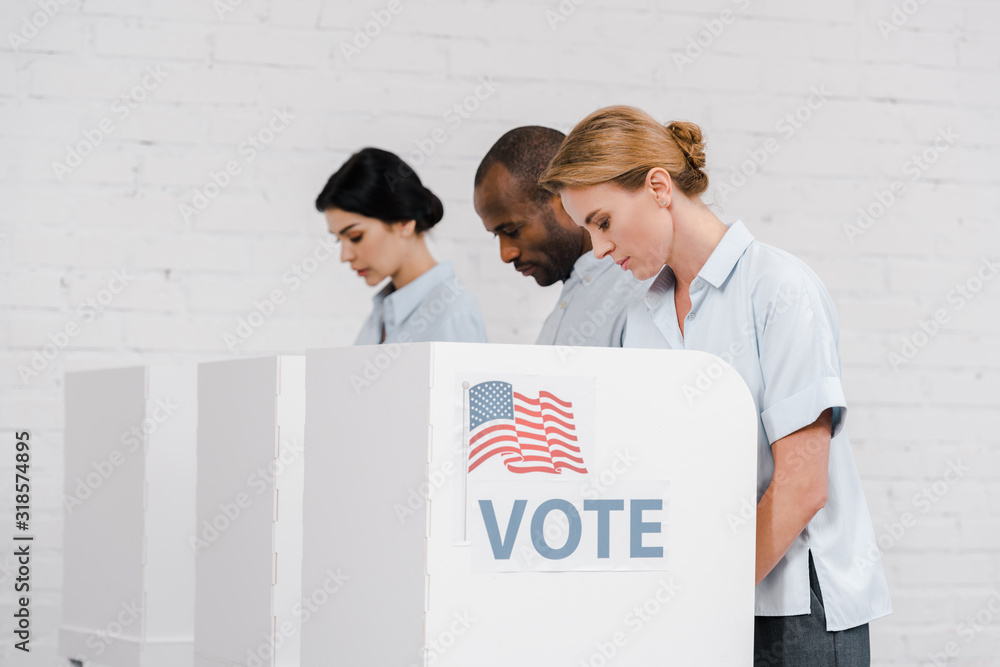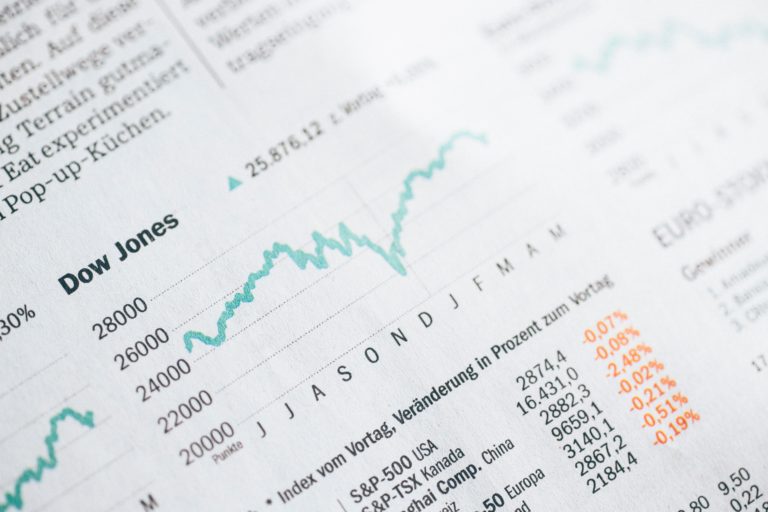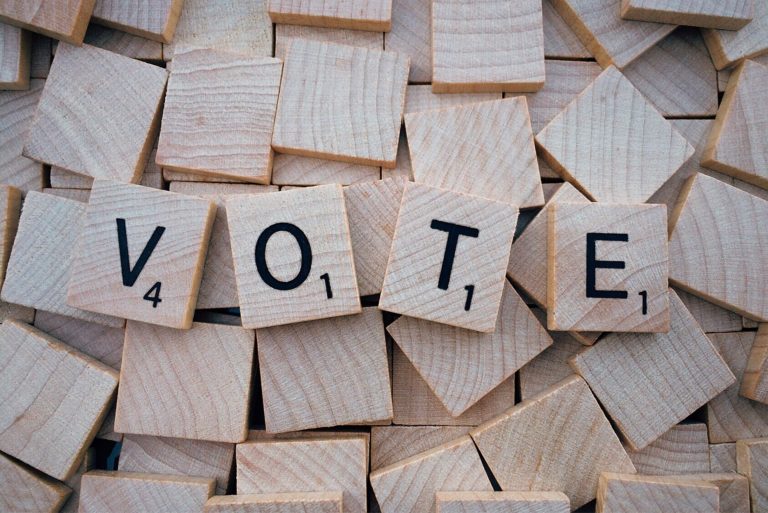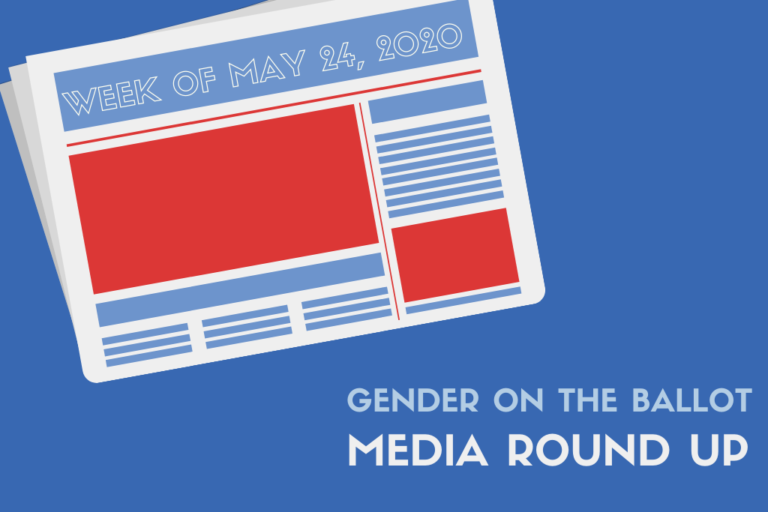In addition to the serious public health impact of COVID-19, there are also far-reaching economic…
Women’s Economic Hardship May Suppress Voter Turnout

It is painfully clear that women bear the brunt of the economic challenges facing Americans. In All In Together’s recent polling, we found that a majority of women (58%) felt the economy was not working well for them, compared to 47% of men. And looking towards the future, we found a double-digit difference between women and men’s perception that the economy will get better in six months. About half of women think it will be worse and 18% say it will be better. A plurality of men say it will be worse and over a quarter say it will be better.
And it’s not just our polling that finds these trends. A recent survey of women voters from Gender on the Ballot also found that women were highly pessimistic about the state of the economy. The GOTB poll found concerns were higher for parents, older Americans, and those living in the suburbs and rural areas. It also found that half of women said their financial situation has gotten worse since the COVID pandemic. As plenty of other research shows, the pandemic exacerbated the financial disparities between men and women like the gender pay gap – particularly for women of color and low-income women.
Our poll at AIT also found that rising prices was the number one concern for voters in the midterms, and that people were particularly concerned about food and gas prices. We found that food prices were the most concerning for women, and gas prices were the number one for men. As outlined in this piece from the 19th*, it is often women who make personal sacrifices around their health and wellbeing when it comes to feeding their families.
There is mixed evidence on the impact of the economy or an individual’s economic outlook on who they vote for, particularly in our increasingly polarized political climate. On the other hand, financial insecurity can suppress engagement, as those struggling to make ends meet might not find the time to cast a ballot or engage in other ways. In our poll, we found that women who thought the economy wasn’t working well for them were much less motivated to vote in November than those who thought the economy was working well for them (56% very motivated vs. 65%). Although we found a gap in motivation, both groups were just as likely to say they’ll vote in November. Women typically make up a majority of the electorate and have higher turnout than men, but we are seeing lower motivation than normal for a midterm year. With their lower motivation, when push comes to shove on election day, the women who are struggling might stay home.






